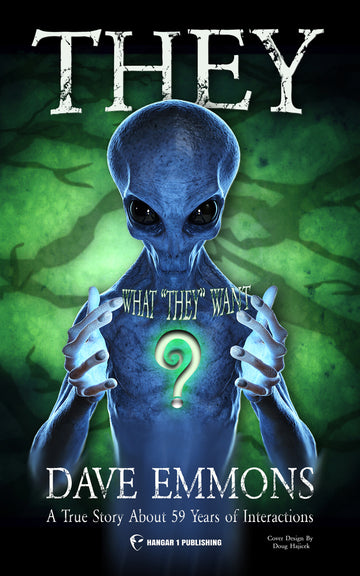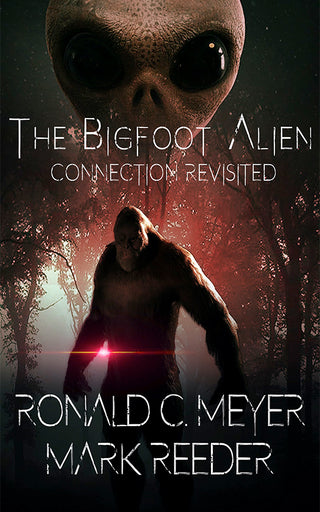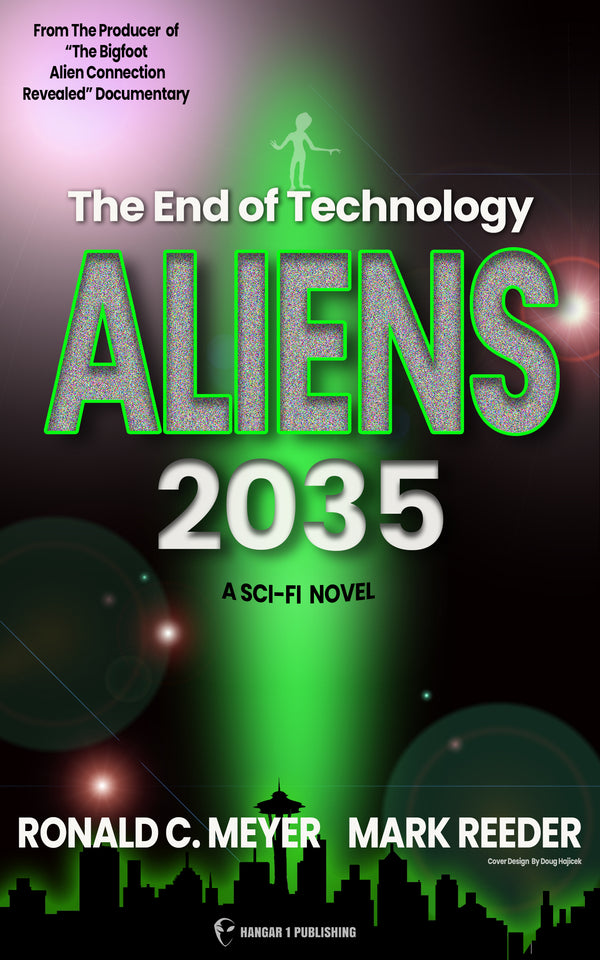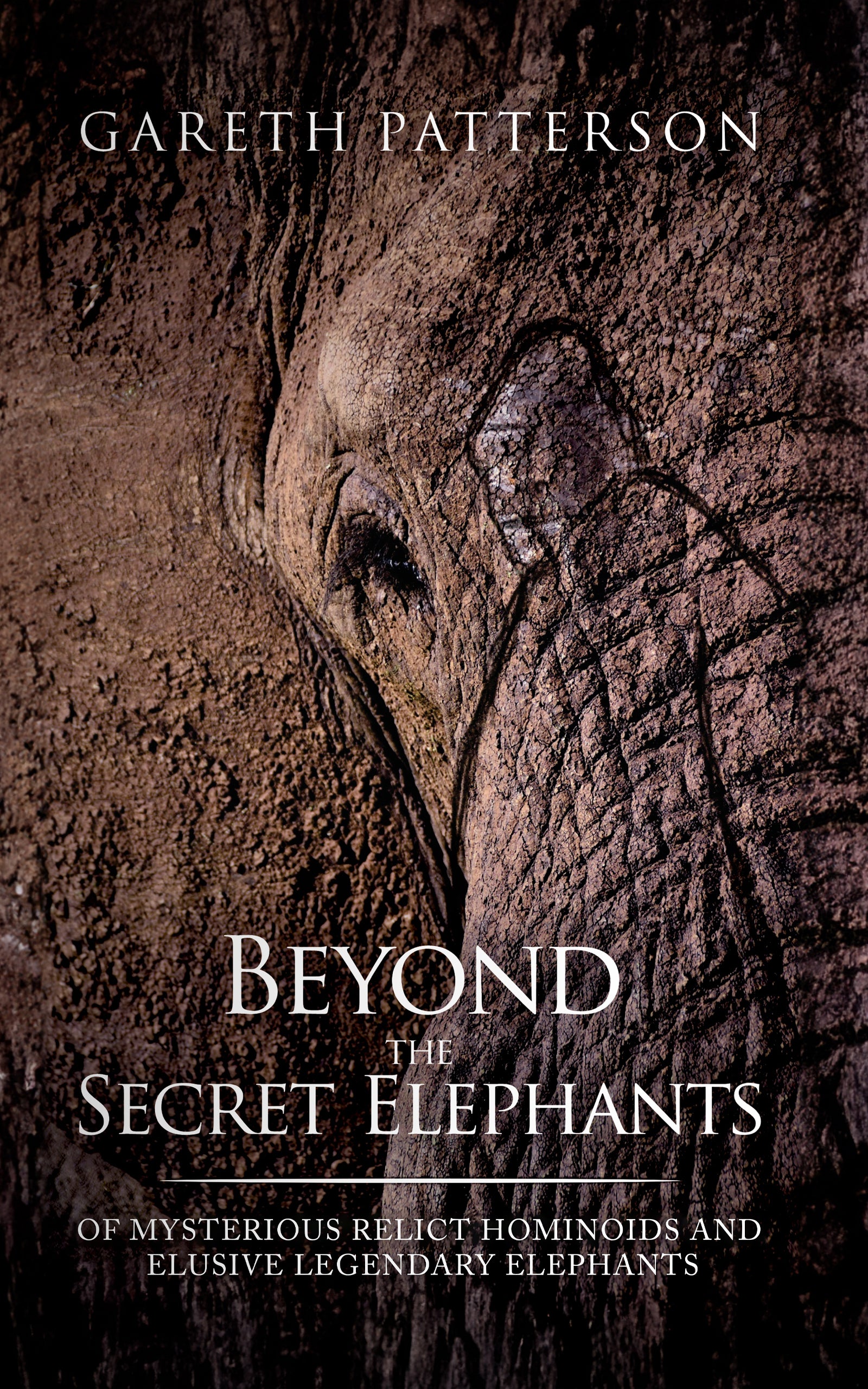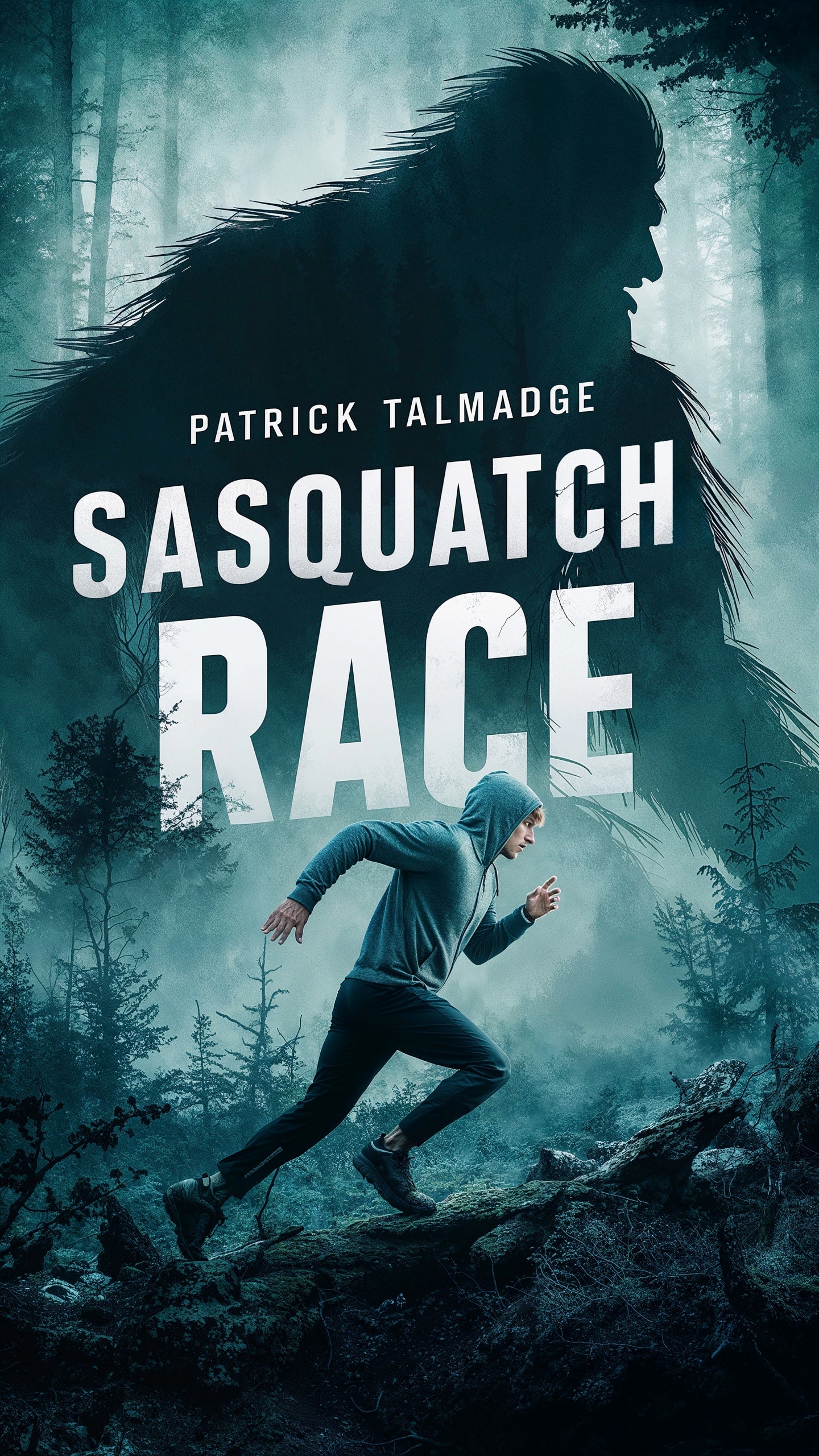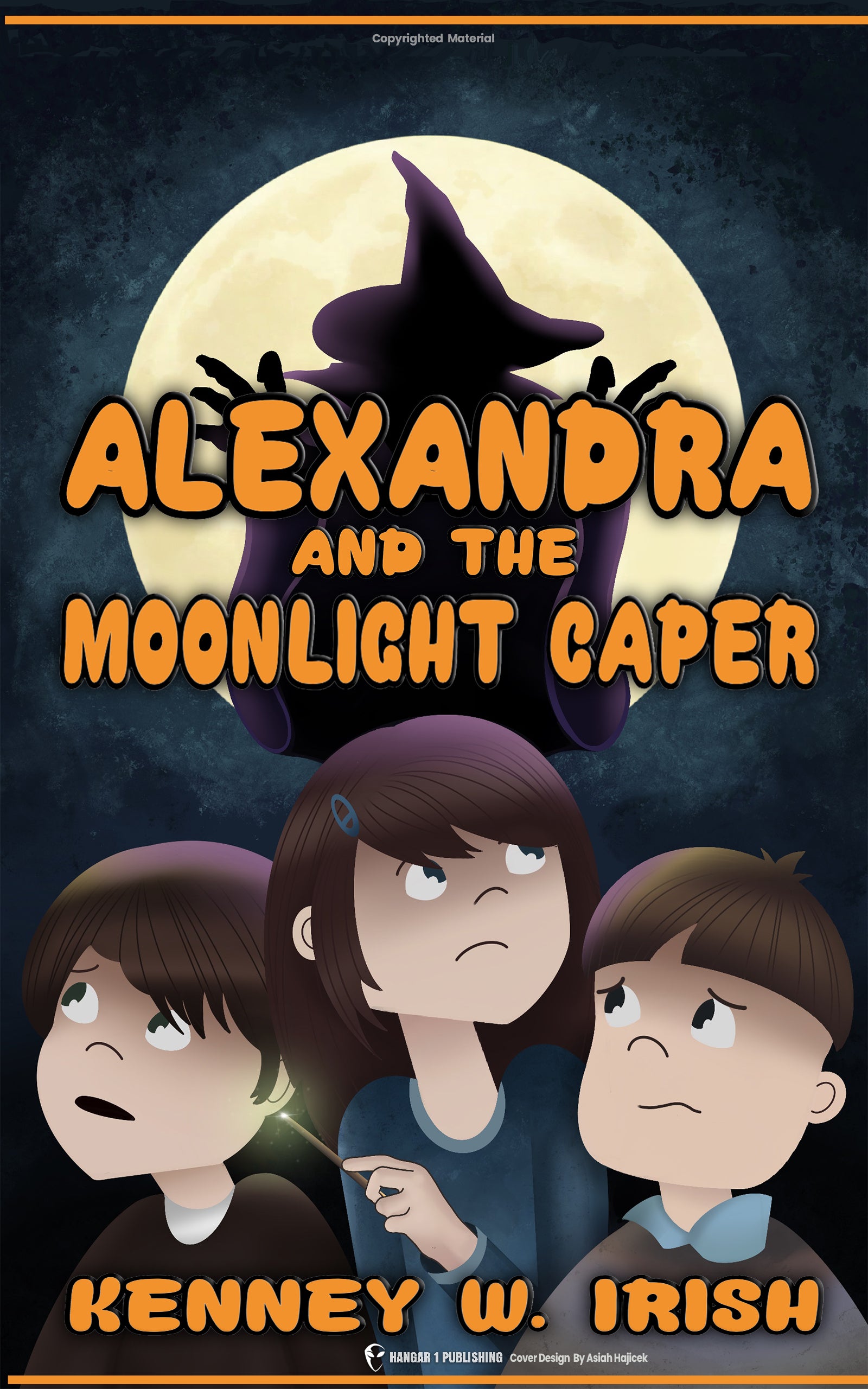Ancient Mayan Connections Across Worlds

By Elaine Westfield, Ufologist
The stone steps of El Castillo pyramid at Chichen Itza stand silent most of the year, but during the spring and autumn equinoxes, they come alive with cosmic drama. As the afternoon sun bathes the northwestern balustrade, seven triangular shadows appear, creating the undulating body of a serpent that seems to crawl down the stairs until it joins the massive stone serpent head at the base. This isn't merely architectural showmanship—it's a physical manifestation of the Maya genius for connection.
For too long, we've viewed the Maya through a narrow lens: mysterious temple builders isolated in jungles, obsessed with time and human sacrifice. The reality is far richer. The Maya created one of history's most interconnected civilizations—a society that masterfully linked environment, astronomy, politics, trade, and spirituality into a coherent whole.
Spread across what is now southern Mexico, Guatemala, Belize, Honduras, and El Salvador, Maya civilization wasn't a single empire but a complex network of independent city-states that shared cultural foundations while maintaining distinct identities. From humble agricultural beginnings around 1800 BCE, they developed into sophisticated urban centers during the Classic Period (250-900 CE), and traces of their worldview persist among the six million Maya people living today.
At the heart of Maya thinking was a profound sense of interconnection. Unlike our modern tendency to separate domains—nature from culture, science from religion—the Maya saw a seamlessly integrated cosmos. Their universe consisted of three interconnected realms: Sky (Kan), Earth (Kab), and Underworld (Xibalba), all linked by the World Tree (Yaxche), whose roots reached into the underworld while its branches touched the heavens.
This holistic worldview created a civilization where astronomy informed agriculture, architecture expressed political power, and trade routes doubled as sacred pathways. Let's explore these connections that made the Maya not just builders of impressive monuments, but masters of integration across physical, social, and cosmic worlds.
A Web of Cities: Maya Political Connections
The phrase "Maya civilization" might suggest a unified empire, but that's fundamentally incorrect. The Maya world consisted of dozens of independent city-states, each with its own ruling dynasty, territory, and sphere of influence. Cities like Tikal, Calakmul, Palenque, Copán, and Chichen Itza functioned as regional powers within a complex web of alliances, rivalries, and trade relationships.
This political landscape was dynamic and ever-shifting. Inscriptions at Tikal reveal that in 378 CE, a dramatic political upheaval occurred when forces connected to Teotihuacan—a powerful city near modern Mexico City—arrived and installed a new ruler. This wasn't simply foreign conquest; recent archaeological discoveries at Tikal include a scaled-down replica of Teotihuacan's Citadel complex, suggesting longer-term presence of Teotihuacan-affiliated people within Maya territory.
"What we've found suggests that for more than a century people who were at least very familiar with Teotihuacan culture and traditions were living there in their own colony," explains Edwin Román-Ramírez, director of the South Tikal Archaeological Project.
The complex political maneuvering between Maya states is illustrated by the centuries-long rivalry between Tikal and Calakmul. These superpowers engaged in what scholars call "hegemonic warfare"—not fighting for territory, but for political influence over smaller cities. When one city defeated another, they typically left local rulers in place but demanded tribute and loyalty. Kings cemented these relationships through strategic marriages, creating intricate family ties between rival dynasties.
These political connections weren't limited to the Maya world. Archaeological evidence shows interaction with other Mesoamerican powers, particularly the earlier Olmec civilization, often called the "mother culture" of Mesoamerica. But this wasn't simple cultural inheritance—excavations at Ceibal revealed ceremonial structures predating similar Olmec buildings by 200 years, suggesting a more complex, reciprocal relationship.
More speculative are claims of Maya connections to distant civilizations. Some researchers note similarities between Maya and Egyptian pyramids, while others point to architectural parallels between Chichen Itza and South Indian temples like Chidambaram. Most scholars view these as coincidental results of parallel development rather than direct contact, though the debate continues.
Masters of Water and Land: Environmental Connections
When I stand in the Yucatán Peninsula during the dry season, one question dominates my thoughts: how did the Maya thrive here without rivers or lakes? The answer lies in their extraordinary ability to forge connections with their environment through technical innovation.
The Maya homeland spans diverse environments, from highlands to lowlands, each presenting unique challenges. In the northern Yucatán, where porous limestone allows rainwater to disappear underground, the Maya developed sophisticated water management systems that turned limitation into advantage.
They excavated chultúns—bottle-shaped cisterns carved into limestone bedrock—beneath homes and plazas to capture and store rainwater. Engineers at Stairway to Heaven, a hilltop estate near Kiwi, designed eight chultúns that together could support seven families through three rainless months. Homes and public spaces were meticulously designed to channel rainwater into these storage systems, creating integrated water-capture architecture.
On a larger scale, Maya kings commissioned massive reservoirs called barays. At Tikal, a network of reservoirs could store over 100 million gallons of water, all carefully filtered through sand and water lilies to remove impurities. Recent research has overturned earlier assumptions about these systems; rather than primarily serving irrigation purposes, they appear to have combined practical water storage with religious symbolism, representing the primordial sea in Maya cosmology.
Beyond water management, the Maya transformed entire landscapes. At the Birds of Paradise wetland complex in Belize, archaeologists discovered an extensive agricultural system built around canals and raised fields. Chemical analysis of soil from these fields revealed they grew diverse crops—maize, cassava, avocado, medicinal plants, and fruits—while using water-filled canals as "protein traps" for edible mollusks.
"These fields allowed people to persist throughout that drought and stay in this region when other populations had declined around them," explains Timothy Beach, a geographer at the University of Texas.
What's remarkable is that Maya environmental modifications remain visible today. The Birds of Paradise wetlands still exhibit greater ecological diversity than surrounding areas, demonstrating the long-term impact of Maya landscape engineering.
This environmental mastery wasn't merely technical achievement but reflected spiritual values. Maya professor Lisa Lucero argues that "the ancient Maya treated animals and all other ecosystem members as equals to humans. In their world view, there was no division between 'culture' and 'nature.'" This perspective is captured in the Popol Vuh, the Maya creation story, which explains that animals were created before humans, with the only difference being their ways of speaking.
Skywards: Celestial and Mathematical Connections
The Maya connection to the sky was both spiritual and scientific, producing one of history's most sophisticated astronomical traditions outside of a written scientific method.
Maya buildings weren't merely impressive structures—they were precision instruments for tracking celestial movements. El Castillo at Chichen Itza isn't just aligned to create the equinox serpent effect; its 91 steps on each of four sides, plus the platform at the top, total 365—the number of days in the solar year. The "Temple of the Seven Dolls" at Dzibilchaltun was precisely aligned so that during equinoxes, the rising sun shines directly through its doorways, creating a spectacular light show.
This fascination with astronomy yielded remarkable achievements. Maya astronomers compiled tables tracking the movements of Venus with an error of just two hours in 584 days—a level of precision that Europeans wouldn't match until much later. They accurately predicted solar eclipses and developed mathematical models for coordinating the lunar and solar calendars.
Supporting this astronomy was a sophisticated mathematical system featuring two innovations independently developed by only a few ancient civilizations: the concept of zero and positional notation. Using a vigesimal (base-20) counting system with bars representing 5 and dots representing 1, Maya mathematicians could calculate enormous numbers required for astronomical cycles.
These mathematical and astronomical achievements were integrated into an elaborate calendar system that tracked multiple cycles simultaneously:
- The Tzolk'in: A 260-day sacred calendar connecting human life to cosmic rhythms
- The Haab': A 365-day solar calendar for agricultural timing
- The Calendar Round: The meshing of Tzolk'in and Haab', creating a 52-year cycle
- The Long Count: A linear calendar capable of tracking millions of years
Contrary to popular misconceptions about 2012 "prophecies," the Maya never predicted the world's end. The completion of a major calendar cycle (the 13th bak'tun) was simply one turning point in an endless cosmic procession. As archaeologist Walter Witschey notes, "The Maya had several rarely used units that were even larger than bak'tuns, giving them the capacity to count millions of years into the future."
But astronomy wasn't purely scientific pursuit—it was intimately connected to politics and religion. Maya rulers timed important ceremonies to coincide with astronomical events, reinforcing their authority by demonstrating connection to cosmic powers. A king might schedule his coronation when Venus appeared as morning star or when the sun reached its zenith, physically manifesting divine approval through celestial alignment.
Sacred Bonds: Ritual and Spiritual Connections
Recent discoveries are transforming our understanding of Maya ritual life, revealing practices far more complex than earlier stereotypes of bloodthirsty sacrifice. A groundbreaking 2024 study published in Nature examined 64 children ritually interred in a repurposed water cistern near the Sacred Cenote at Chichen Itzá. Genetic analysis yielded a stunning revelation: all were male, and the group included two pairs of identical twins.
"Most surprisingly, we identified two pairs of identical twins," reports Kathrin Nägele of the Max Planck Institute for Evolutionary Anthropology. "We can say this with certainty because our sampling strategy ensured we would not duplicate individuals."
This discovery connects directly to Maya creation mythology described in the Popol Vuh, where twin sacrifice is a central theme. The sacred text describes how twins Hun Hunahpu and Vucub Hunahpu journey to the underworld and are sacrificed, while their descendants, the Hero Twins Hunahpu and Xbalanque, undergo cycles of death and resurrection. By sacrificing twins in a subterranean chamber seen as an entrance to the underworld, the Maya were recreating foundational cosmic events.
"This study turns [earlier misunderstandings] on its head and reveals the deep connections between ritual sacrifice and the cycles of human death and rebirth described in sacred Maya texts," explains Christina Warinner of Harvard University.
Maya spiritual practice centered on a cosmology dividing the universe into three interconnected realms: the celestial Sky (Kan), the earthly midworld (Kab), and the watery Underworld (Xibalba). These weren't separate domains but aspects of an integrated cosmos connected by the World Tree (Yaxche), physically represented by the sacred ceiba tree whose branches reach skyward while its roots penetrate the earth.
Special locations served as contact points between realms. Caves, cenotes (natural sinkholes), and man-made chultúns functioned as portals to the underworld, making them "especially sacred and dangerous places where the dead were buried and special rituals for the ancestors conducted," according to archaeologist Robert Sharer.
At the center of this spiritual system stood the king, known as K'uhul Ajaw ("Holy Lord"), who served as primary intermediary between human and divine realms. The king wasn't simply a political leader but an embodiment of cosmic power on earth. Royal rituals included bloodletting ceremonies where kings pierced their own bodies—especially earlobes, tongues, or genitals—to offer blood to the gods. These weren't acts of masochism but necessary communications with divine powers to ensure cosmic harmony and agricultural fertility.
The Maya language itself reveals this spiritual worldview. The word "beh" (road) carries connotations beyond physical pathways, encompassing life's journey, cosmic progression, and cycles of time. Walking a road was both physical movement and spiritual progression, with the past literally "behind" and the future "ahead."
Trade Routes and Sacred Roads: Material Connections
When Christopher Columbus encountered a Maya trading canoe off the north coast of Honduras in 1502, he witnessed the tail end of a sophisticated economic network that had connected the Maya world for centuries. This "large ocean-going wooden dugout canoe" carried passengers and trade goods including copper, woven cotton, and honey, demonstrating the Maya's seafaring capabilities.
Underwater archaeology has since confirmed the extent of Maya maritime trade, with discoveries of canoes, paddles, and pottery at coastal sites. Trading centers like Moho Cay and Wild Cane Cay facilitated exchange of valuable commodities including salt, obsidian, precious stones, gold, and copper. These weren't peripheral activities but central to Maya economic and cultural development.
On land, the Maya constructed an extensive network of roads called sacbeob (singular: sacbé), meaning "white roads." These weren't mere transportation routes but sophisticated engineering achievements serving multiple purposes: connecting settlements, facilitating administrative control, serving as ritual processional routes, and demonstrating political power.
"The most common explanation of the function of these kinds of causeways is that they hosted ritual processions," note researchers Scott Hutson and Jacob Welch. "These processions helped integrate communities by linking the core with outliers while at the same time legitimating the authority of the community's leaders."
Some of these roads were impressive in scale. At the Maya site of Dzibilchaltun in Yucatán, a substantial sacbé connected the ceremonial center to outlying settlements. In Chichen Itzá, Sacbé 1 connects the Sacred Cenote to the ceremonial center, physically manifestating the connection between political power and religious significance.
Maya economic organization extended beyond elite circles. Recent archaeological work at sites like "Stairway to Heaven" near Kiwi in Yucatán has revealed evidence of widespread wealth distribution and what some archaeologists have called "America's very first middle class." Stone houses for skilled workers suggest "that wealth and prosperity have spread over almost half of the population," challenging earlier assumptions of extreme economic stratification.
This economic system was supported by sophisticated resource management. While the Maya didn't develop minted currency, they used objects like greenstone beads, cacao beans, and copper bells as forms of money. Markets flourished in major centers, with specialized craftspeople producing goods ranging from textiles to ceramics to elaborate jade ornaments. Kings maintained power partly through control of critical resources like salt, obsidian, and water, using this economic leverage to reinforce political authority.
Ancient to Modern: Connections Across Time
Today, more than six million Maya people live throughout Central America and beyond, maintaining living connections to their ancestors through language, culture, spirituality, and genetics. These aren't fossils of ancient practices but dynamic traditions adapted to contemporary realities.
Recent genetic research has yielded fascinating insights into these connections. A study of ancient and modern Maya DNA discovered "genetic positive selection in immunity-related genes, and specifically selection for genetic variants that are protective against Salmonella infection." This adaptation appears to be a direct response to the devastating 1545 cocoliztli epidemic that contributed to a population decline as high as 90 percent during the colonial period.
"The present-day Maya carry the genetic scars of these colonial-era epidemics," explains researcher Rodrigo Barquera. "Multiple lines of evidence point to specific genetic changes in the immune genes of present-day Mexicans of Indigenous and mixed-ancestry descent."
Linguistically, the connection remains strong. Today, more than 30 Mayan languages are spoken by over 5 million people across Mesoamerica. Efforts to preserve and revitalize these languages include government-sponsored online classes in Yucatán state and Maya language communities organizing teaching programs in places like California, Texas, Utah, and Nevada. Academic institutions have also embraced Maya language education, with universities like Indiana University offering courses in Maya language and culture.
Spiritually, many contemporary Maya practice a syncretic religion combining Catholic elements with traditional beliefs. Christian saints are often identified with Maya deities, while traditional ceremonies continue in domestic settings. The annual Hanal Pixán (Food for the Souls) celebration honors ancestors in a manner reminiscent of ancient practices, though now integrated with Catholic All Saints' Day traditions.
Maya agricultural traditions also persist. Many communities continue to practice variations of the milpa system—the traditional polyculture of maize, beans, and squash that sustained their ancestors. In the village of Celtún in Mexico's Yucatán state, students learn mathematics using ancient Maya numerical concepts alongside contemporary teaching methods, creating an educational approach that preserves cultural heritage while preparing for modern challenges.
Despite these continuities, Maya communities have faced profound historical traumas, particularly in Guatemala, where a 36-year civil war from 1960 to 1996 resulted in genocide targeting indigenous Maya people. An estimated 200,000 people were killed, with Maya communities suffering disproportionately through "scorched earth policies" that destroyed entire villages.
In the face of these challenges, Maya political consciousness has grown stronger. Rigoberta Menchú, a K'iche' Maya activist who won the Nobel Peace Prize in 1992, powerfully articulated this resilience: "We are not myths of the past, ruins in the jungle or zoos. We are people and we want to be respected, not to be victims of intolerance and racism."
Today, Maya individuals serve in various political roles throughout their ancestral territories. In Mexico's Yucatán, Francisco Luna-Kan was elected governor from 1976 to 1982, becoming "the first governor of the modern Yucatán Peninsula to be of full Maya ancestry." This political emergence represents another form of connection—between ancient heritage and contemporary power structures.
Collapse and Resilience: Learning from Maya Transformation
The decline of Classic Maya civilization around 900 CE remains one of archaeology's most discussed topics, with implications that extend beyond academic interest into lessons for our own society.
Recent research suggests the Maya faced a perfect storm of challenges: environmental stress from prolonged droughts, political fragmentation from increased warfare, deforestation from intensive agriculture, and possibly societal fatigue after centuries of elite demands for monumental construction.
Core samples reveal evidence of "a series of droughts that have durations about three to twenty years," which would have strained even the Maya's sophisticated water management systems. Cities like Tikal, where "rainwater was necessary for drinking as well as for crop irrigation," would have been particularly vulnerable.
This environmental stress coincided with political fragmentation. Warfare intensified, alliance networks broke down, and new religious ideologies disrupted traditional authority structures. Some researchers suggest that after 600-800 years, populations grew tired of elite demands, particularly the extensive labor required for monumental construction and water management.
What's critical to understand is that this wasn't a uniform collapse but a complex transformation that varied by region. While southern lowland cities like Tikal and Palenque were largely abandoned, northern centers like Chichen Itzá flourished during this same period. Highland Maya communities in Guatemala maintained greater continuity, adapting to changing conditions while preserving cultural foundations.
Even in areas of dramatic population decline, Maya civilization didn't disappear but transformed. When Spanish conquistadors arrived six centuries later, they encountered thriving Maya communities throughout the region, practicing evolved versions of ancient traditions.
This pattern of adaptation offers insights for contemporary challenges. The Maya experience demonstrates both the remarkable resilience of human societies and the limits of adaptation when multiple stresses converge. Their sophisticated environmental engineering provided centuries of stability but couldn't overcome the combined impact of climate change, political fragmentation, and resource depletion.
As we face our own environmental challenges, the Maya legacy offers both inspiration and caution. Their water management systems, sustainable agricultural practices, and integrated worldview provide models for addressing current problems. Yet their eventual transformation reminds us that even the most sophisticated societies must recognize environmental boundaries and maintain political cohesion in the face of stress.
The Maya story isn't one of mysterious disappearance but of transformation through crisis—a narrative of resilience that continues today in the millions of Maya people who maintain connections to their ancestors while adapting to contemporary realities.
The true Maya legacy isn't found in abandoned temples reclaimed by jungle, but in living communities that continue to evolve cultural traditions spanning three millennia. Their greatest achievement wasn't monumental architecture or precise astronomy, but creating a civilization that perceived and maintained connections across all dimensions of existence—a perspective increasingly relevant in our fragmented modern world.
As we stand before El Castillo watching the equinox serpent descend, we're experiencing not just an astronomical marvel but a lesson in connection—between earth and sky, past and present, human achievement and natural cycles. In a world increasingly defined by division, the Maya remind us that our greatest accomplishments come from recognizing the web of relationships that bind us to each other, to our environment, and to the cosmos itself.
From Bigfoot to UFOs: Hangar 1 Publishing Has You Covered!
Explore Untold Stories: Venture into the world of UFOs, cryptids, Bigfoot, and beyond. Every story is a journey into the extraordinary.
Immersive Book Technology: Experience real videos, sights, and sounds within our books. Its not just reading; its an adventure.









